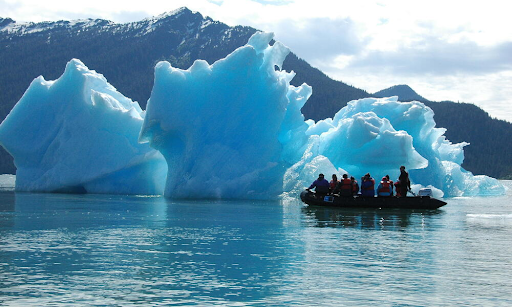



Glaciers worldwide are melting quicker and more broadly than previously thought, according to a study published in the journal Science. The findings, released just as global leaders assemble in Tajikistan for the first United Nations glaciers conference, show that limiting global warming to 1.5°C could save more than twice as much glacier ice as current climate policies, which would drive warming to 2.7°C.

Copyright infringement not intended
PC: WWF
According to a new study published in the journal Science, if global temperatures rise by 2.7°C due to existing climate policy, only 24% of the world's glaciers will remain.
|
Issue |
Impact |
Affected Areas |
|
Water Security in South Asia |
Himalayan glaciers, key sources for major rivers, are depleting—threatening agriculture, drinking water, and hydroelectric power during dry seasons. |
India, Nepal, Bhutan, Bangladesh |
|
Sea-Level Rise and Coastal Risk |
Glacier melt contributes to rising sea levels, posing risks to coastal cities and island nations. |
Maldives, Coastal Indian cities (e.g., Mumbai, Chennai) |
|
Ecosystem Disruption |
Alters mountain biodiversity and alpine ecosystems; increases risk of Glacial Lake Outburst Floods (GLOFs). |
Himalayan region, downstream river basins |
|
Socioeconomic Consequences |
Water scarcity can lead to migration, resource conflicts, and worsening poverty in vulnerable communities. |
South Asian rural and urban areas |
Source: Indian Express
Practice Question:1. Which of the following rivers originate from the Himalayan glaciers?
Select the correct answer using the code below: Answer: B) 1, 2 and 4 Explanation: Ganga (Gangotri Glacier), Yamuna (Yamunotri Glacier), and Indus (Siachen/Indus Glacier) originate from the Himalayas. Godavari originates from Trimbakeshwar, Maharashtra. |






© 2026 iasgyan. All right reserved